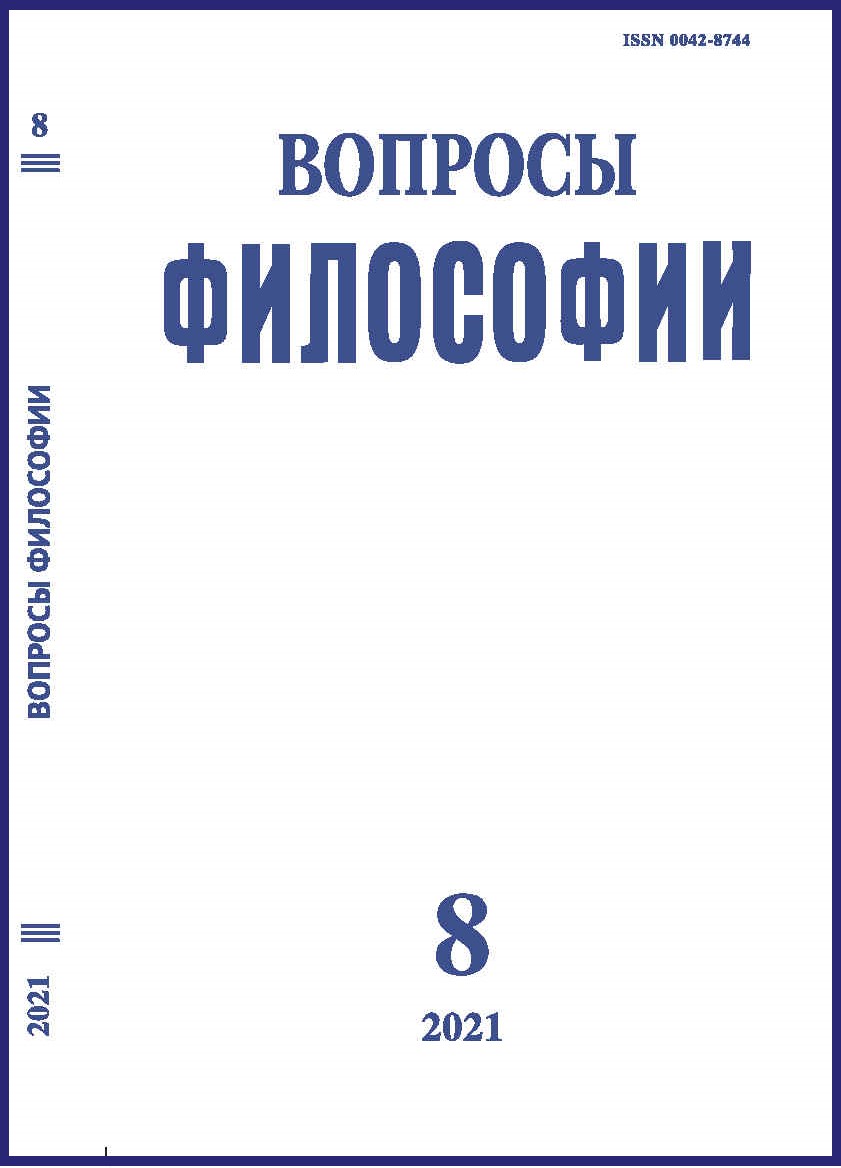Kierkegaard’s Pragmatic Approaches in The Concept of Anxiety
DOI:
https://doi.org/10.21146/0042-8744-2021-8-165-176Keywords:
discourse, popularized Hegel, indirect communication, marionette theatre, “The Dialectic of Ethical and Ethical-Religious Communication” (“Den ethiske og den ethisk religieuse Meddelelses Dialektik”), The Concept of Anxiety in RussianAbstract
I consider Kierkegaard’s Concept of Anxiety (1844) in the context of the epoch-making shifts of the mid-19th century, which reoriented philosophical thought towards practice. Under these conditions, intellectual utterance, becoming the voice of the whole society and adopting journalistic norms, ceased to obey the academic philosophical regulations. The Left Hegelians were not the only ones believing that thought must be effective. Their opponents – both right Hegelians who used Hegel as a platform for religious renewal and their opponents who fought against Christendom – also understood word as action. The latter included Søren Kierkegaard. My article clarifies some aspects of Kierkegaard’s work as an author. I present the summary of The Dialectic of Ethical and Ethical-Religious Communication (Papir 364–371) sketched in 1847. I also examine a distinction between direct and indirect communication, the roles of locutors and functions of actors who performed under pseudonyms. The elements of communication – the speaker and the hearer, their presuppositions, tactics, speech behavior and other levels involved by pseudonyms are analyzed from the point of view of the ultimate goal of Kierkegaard’s message – the reader’s alteration. I analyze Kierkegaard’s “indirecte Meddelelse” as a pragmatized utterance that erases the distinction between written and oral speech. I also note the contribution of his reflections to later theories of speech acts. Excerpts from The Concept of Anxiety have been re-translated to demonstrate Kierkegaard’s communicative strategies.

